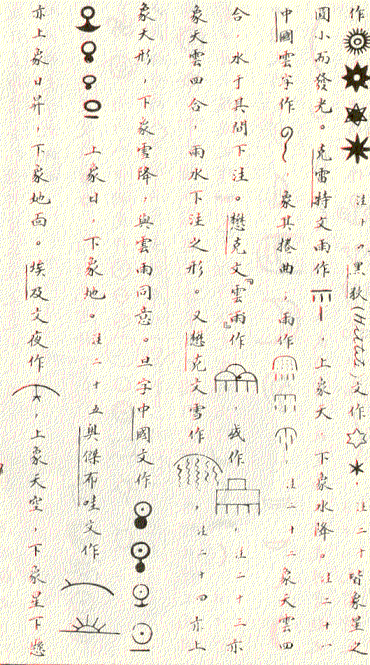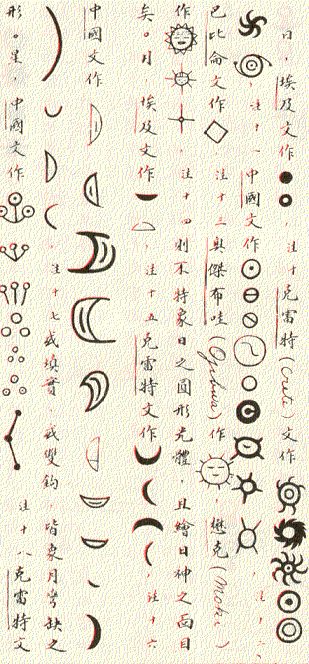Chinese |
Japanese |
Korean |

Virtual Library
¤¤ µØ ¡u«H ®§ §Þ ³N¡v
µo ®i ªº ¤è ¦V
The Development Direction Of
Chinese Information Technology
GeoStroke
Technology


Everyone Started With
 |
 |
 |
 |


"¤å¦r" ¬O¤¤µØ¥Á±Ú¤£Â_µo¬Ó,
¥Ã¤£¼Y¸¨ªº "ÃöÁä":
 |
 |
 |
 |
 |
 |
An on-line Digital Chinese Dictionary
Chinese |
Japanese |
Korean |

Simplified Chinese is NOT another kind of Chinese,
it is merely a supplement of TRADITIONAL characters,
substitutes of some high-frequency-used * characters
for daily hand-writting convenience.
Nowadays, used as the "official written language" in China mainland only.
* only about 300 characters, see the website above.
In a general essay, 70% plus of the character is TRADITIONAL,
only about 30% is simplified.
These are the NIGHTMAREs of
PinYin method in Chinese computing!
Another
NIGHTMARE is 50+ different "dialects"
spoken in 50+ different provinces!


¥t¥[¤@Ó "»´ (light)" µ 5 (©Î µL)
There are 5 possible tones: 4 major tones and a "light" tone.
Tone 1: flat
Tone 2: up
Tone 3: curve
Tone 4: down
The 5th tone is called "light" tone, marked as 5 or "no number".
Characters with light tone should be pronounced light and fast,
the only exception is it is pronounced about the "same duration".
Radical Methods ¦r®Ú¦¡¿é¤Jªk |
Phonetic Methods »yµ¦¡¿é¤Jªk |
Digital Methods |




